15 Cars From the ’40s That Still Turn Heads Today

The ’40s were a time when cars had an unmistakable elegance – a blend of bold designs and timeless charm. I’ll never forget the first time I laid eyes on a 1947 Chrysler Town & Country.
The sleek lines, wood-paneled body, and classic grille made it look like something straight out of a Hollywood film.
As it cruised by, heads turned, and I realized that some cars just don’t lose their allure.
Decades later, many of the cars that defined the ’40s still have the power to captivate anyone lucky enough to catch a glimpse.
1. 1948 Tucker 48
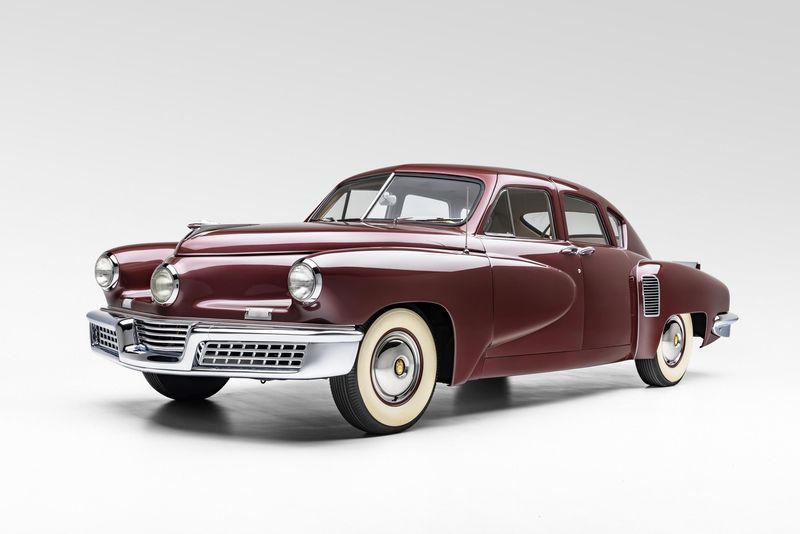
Only 51 of these revolutionary beauties ever rolled off the assembly line before the Tucker Corporation collapsed amid controversy and legal troubles.
Preston Tucker’s vision included safety features decades ahead of their time – a padded dashboard, pop-out windshield, and that distinctive cyclops-eye center headlight that turned with the steering wheel.
The rear-mounted flat-six engine delivered surprising pep, while the streamlined body looked like it belonged in the future, not post-war America.
Today, the few surviving Tuckers command millions at auction, immortalized in Francis Ford Coppola’s film “Tucker: The Man and His Dream.”
2. 1949 Mercury Eight
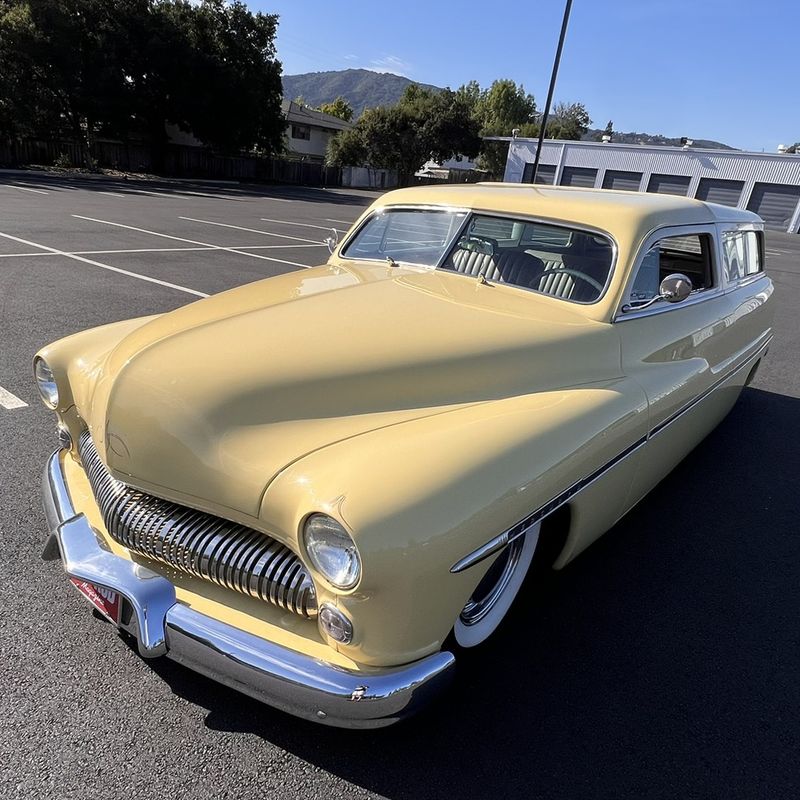
Lead sleds don’t get more iconic than the ’49 Merc. James Dean made it famous in “Rebel Without a Cause,” but hot rodders had already fallen in love with its smooth, rounded shape and chopped-top potential.
The flathead V8 might seem tame by today’s standards, but in post-war America, it offered plenty of grunt for customizers.
Custom car culture embraced this Mercury with open arms – lowered, channeled, and decorated with flames.
Even unmodified, its factory two-tone paint schemes and distinctive front grille command respect at any car show. Genuine survivors are increasingly rare, making original examples particularly valuable to collectors.
3. 1940 Ford Deluxe Coupe
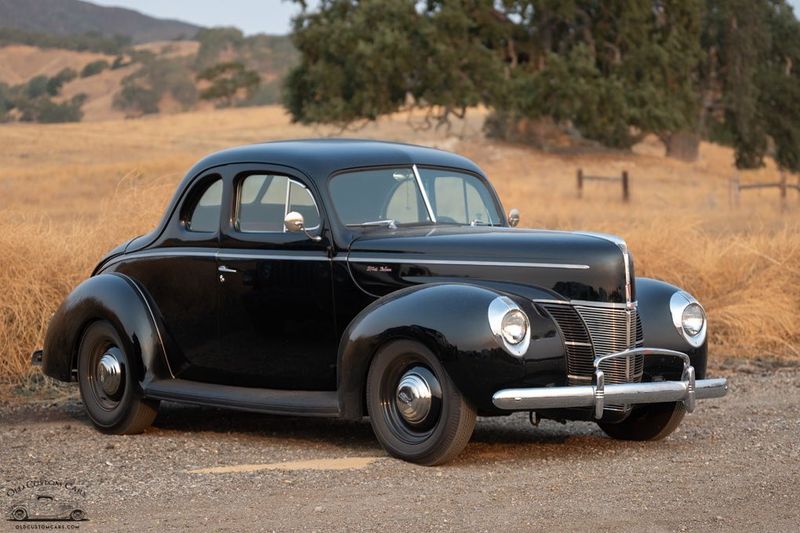
Before America entered WWII, Ford created what many consider the perfect hot rod canvas.
With its teardrop headlights, sloping rear end, and that gorgeous waterfall grille, the ’40 Ford Deluxe Coupe became the blueprint for hot rod culture.
The 85-horsepower flathead V8 wasn’t exactly a powerhouse, but it responded beautifully to modifications.
Unlike many contemporaries, these Fords maintained excellent visibility with their split windshield design. The perfect proportions make even unmodified examples look fast standing still.
Finding one today that hasn’t been chopped, channeled, or otherwise modified is increasingly difficult – original survivors command serious money among collectors seeking automotive time capsules.
4. 1947 Cadillac Series 62
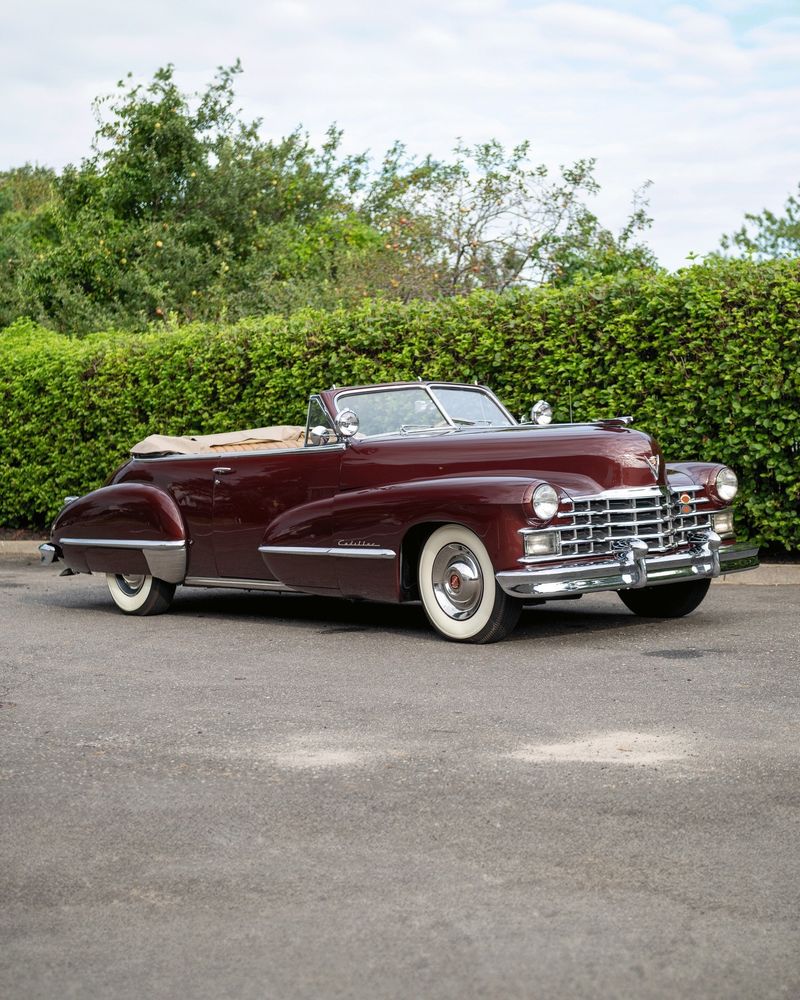
Swagger on wheels! The Series 62 announced its arrival with massive chrome bumpers and those embryonic tailfins that would define Cadillac’s look for decades to come.
Fresh from victory in WWII, America was ready for automotive excess, and Cadillac delivered with interiors worthy of luxury apartments.
Under that mile-long hood lurked a silky-smooth V8 that could cruise all day at highway speeds.
The convertible versions are particularly sought-after today, representing post-war optimism and prosperity.
Even in sedan form, these Caddys offer a driving experience that feels special – floating down the road like a land yacht, commanding respect at every intersection.
5. 1941 Willys Americar Coupe

Gearheads know this unassuming little coupe as the foundation for some of the wildest drag cars ever built! Before becoming drag strip royalty, the Willys was actually an economy car designed for average Americans.
Its lightweight body proved perfect for stuffing massive engines into, creating the iconic “gasser” look with jacked-up front ends.
Original examples are unicorns today – most were modified beyond recognition during the 1960s.
The factory flathead four-cylinder wasn’t impressive, but the car’s distinctive round nose and compact proportions gave it character.
6. 1949 Oldsmobile 88
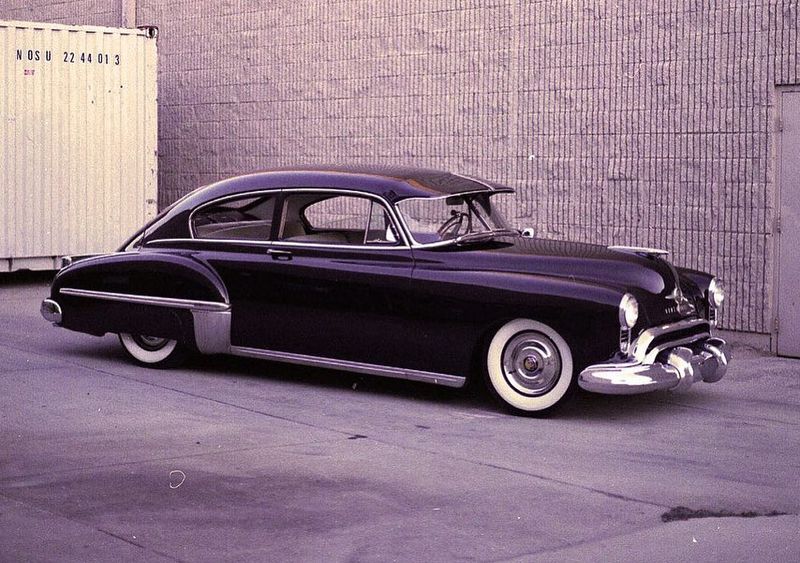
Rock and roll’s first star on wheels! When Oldsmobile dropped their high-compression “Rocket” V8 engine into the relatively lightweight 88 body, they created America’s first muscle car.
Suddenly, this family sedan could outrun most sports cars of the era, inspiring Ike Turner’s “Rocket 88” – often cited as the first rock and roll record.
The fastback styling looked fast even standing still, with clean lines and minimal chrome by 1940s standards.
These cars dominated early NASCAR races, surprising competitors with their combination of comfort and speed.
7. 1940 Lincoln Continental
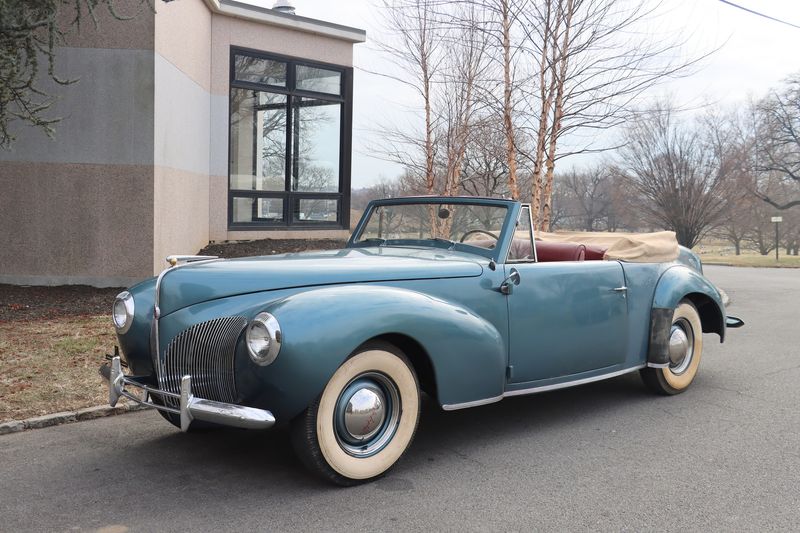
Architect of automotive elegance! The Continental began as a one-off custom for Edsel Ford’s personal use, but wealthy admirers demanded production models.
With its long hood, short deck, and that iconic externally mounted spare tire (the “Continental kit”), it defined American luxury for generations.
Frank Lloyd Wright called it “the most beautiful car ever designed,” high praise from America’s most famous architect. The V12 engine provided effortless power rather than sports car performance.
These cars were hand-built with exceptional attention to detail, explaining their enduring appeal to collectors. The convertible models command the highest prices, but the coupes offer equally striking profiles.
8. 1948 Chevrolet Fleetline
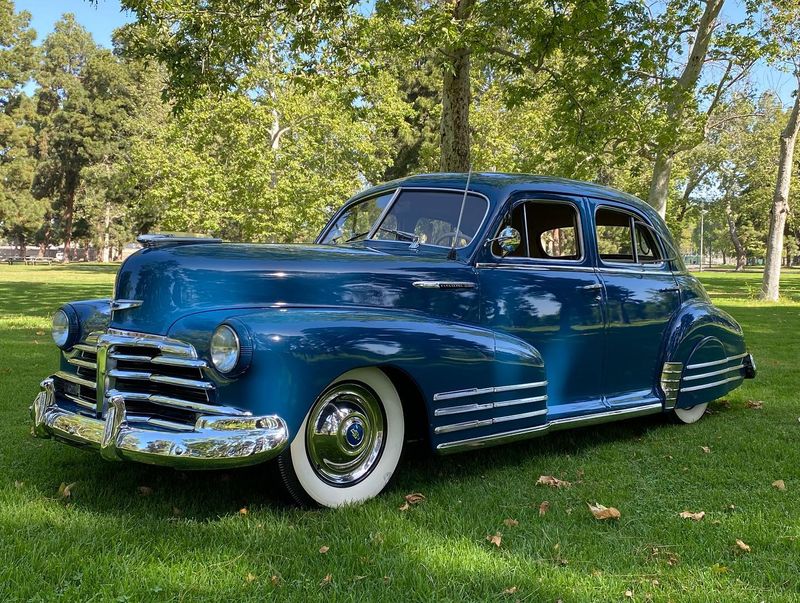
Swoopy and smooth, the Fleetline’s aerodynamic fastback profile made it Chevy’s style leader.
While Ford and Plymouth offered similar body styles, the Chevy’s balanced proportions and restrained chrome work have aged particularly well.
The Aerosedan two-door was the real looker, appearing refined and modern compared to more traditional three-box designs.
Post-war demand meant buyers often paid over sticker price just to get one. Inside, simple gauges and durable upholstery reflected Chevrolet’s practical approach to luxury.
Mexican and lowrider communities particularly embraced these cars, creating some stunning customized examples that highlight the Fleetline’s natural grace.
9. 1941 Buick Roadmaster
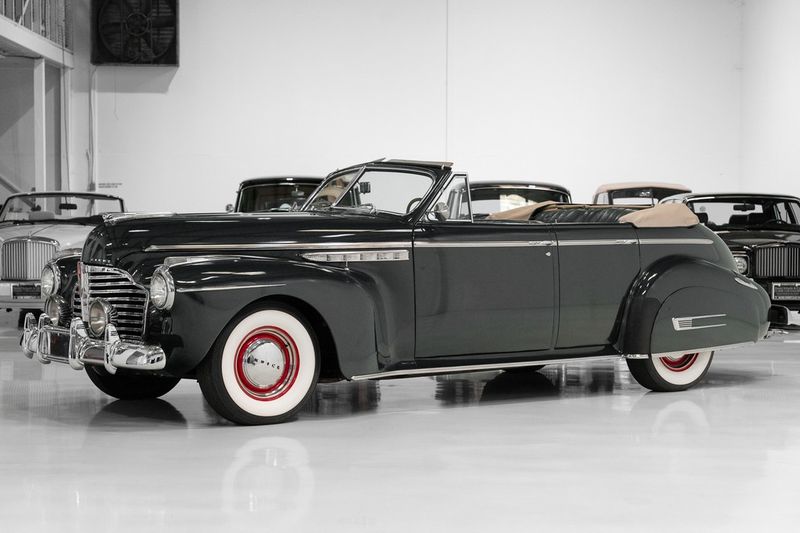
Floating down the highway on cloud-like coil springs, the Roadmaster earned its majestic name through sheer presence.
Those distinctive portholes (officially called “VentiPorts”) on the fenders became a Buick signature for decades.
The straight-eight engine delivered silky-smooth power that seemed limitless in an era of rough-running flathead engines.
Inside, the Art Deco dashboard featured elegant gauge clusters worthy of displaying in a museum. These were doctor’s cars, banker’s cars – statements of success without Cadillac’s flashiness.
10. 1940 Packard One-Twenty
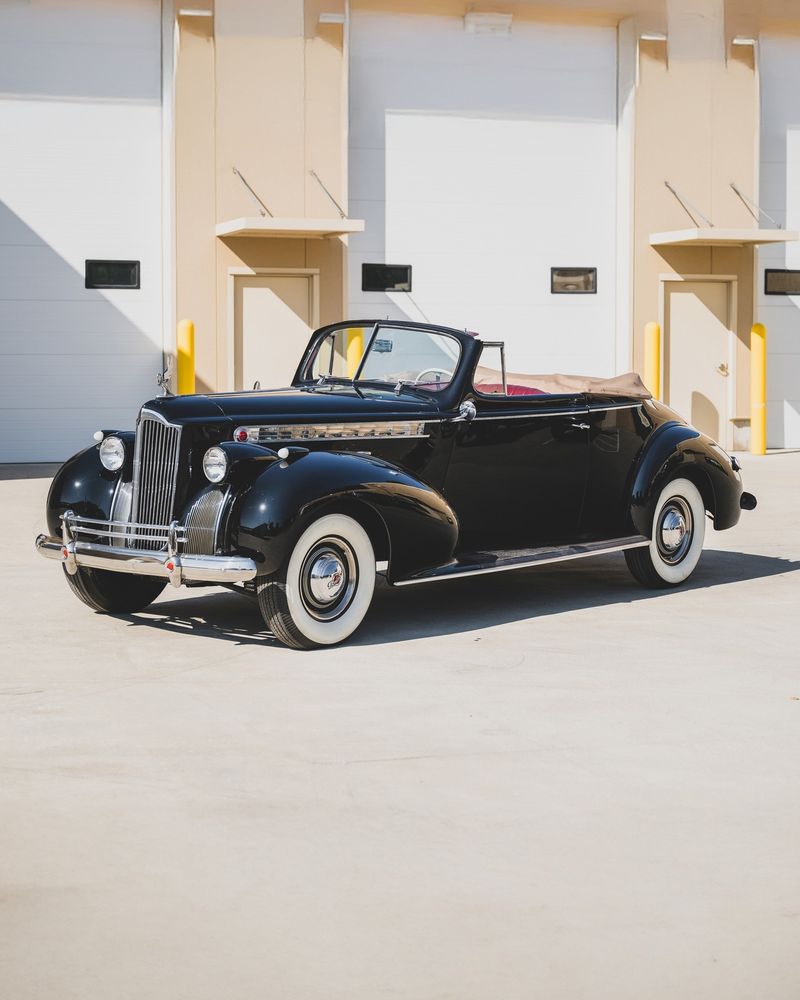
“Ask the man who owns one” – Packard’s famous slogan perfectly captured their reputation for excellence. The One-Twenty brought Packard luxury to the upper-middle class without diluting the brand’s prestige.
That distinctive ox-yoke grille and Flying Goddess hood ornament announced your arrival in automotive aristocracy.
The cabin featured wool broadcloth upholstery and genuine wood trim that has aged beautifully. Packard’s straight-eight engine ran so smoothly that dealers would balance nickels on edge atop the running motor.
Though more affordable than senior Packards, the One-Twenty maintained the build quality that made these cars legendary. Many survived because owners treasured them from new.
11. 1946 Hudson Super Six

Rarity meets innovation! Hudson’s first post-war models retained pre-war styling but featured engineering that was years ahead of competitors.
The Super Six earned its name honestly – the flathead six-cylinder engine was renowned for torque and durability, powering everything from ambulances to race cars.
Hudson pioneered unit-body construction when others still used separate frames.
The resulting lower center of gravity improved handling dramatically. Inside, Hudson’s famous “Drive-Master” transmission offered semi-automatic operation – revolutionary for 1946.
12. 1949 Ford Custom
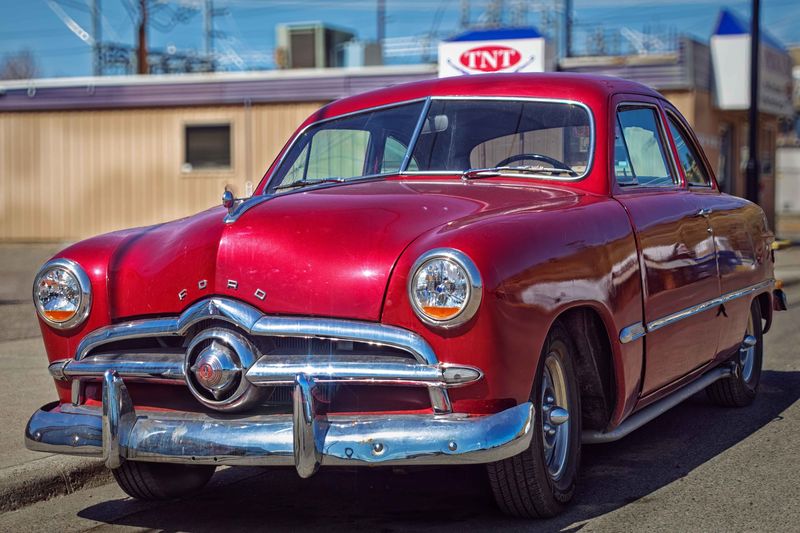
Revolution in sheet metal! The ’49 Ford marked Detroit’s first completely new post-war design, abandoning running boards and separate fenders for a modern “envelope body.”
Overnight, every other car on the road looked outdated. The Custom models added extra chrome and upgraded interiors that buyers craved after years of wartime austerity.
Ford’s reliable flathead V8 continued under the hood, though now concealed beneath a modern hood that integrated with the fenders.
The trunk finally offered usable space rather than just housing the spare tire.
13. 1940 Chrysler New Yorker
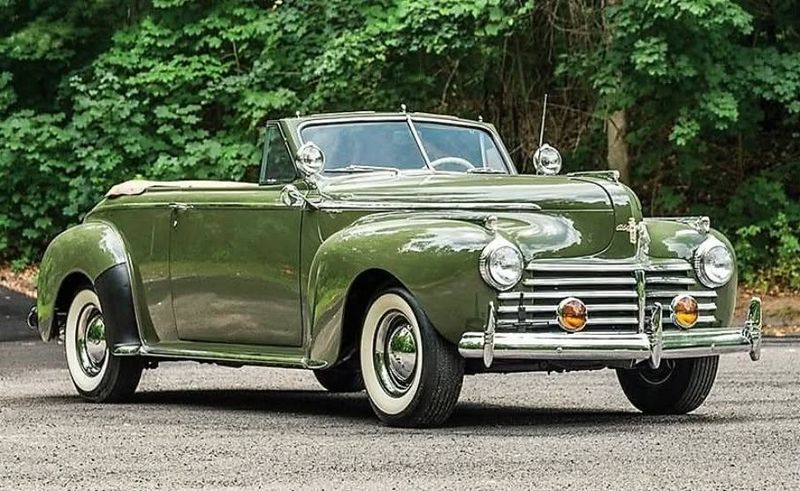
Manhattan elegance on wheels! The New Yorker established Chrysler’s reputation for engineering excellence wrapped in understated luxury.
While competitors chased flash, the New Yorker offered substance – including the legendary “Spitfire” straight-eight engine and “Fluid Drive” semi-automatic transmission that made driving in traffic remarkably civilized.
The Art Deco dashboard featured an electric clock when such things were exotic luxuries. Chrysler’s “Highlander” plaid interior option remains one of the most distinctive cabin treatments of the era.
These cars were built to last generations, with many surviving examples still wearing original interior materials. The convertible sedan models are especially rare and sought-after today.
14. 1947 Studebaker Champion
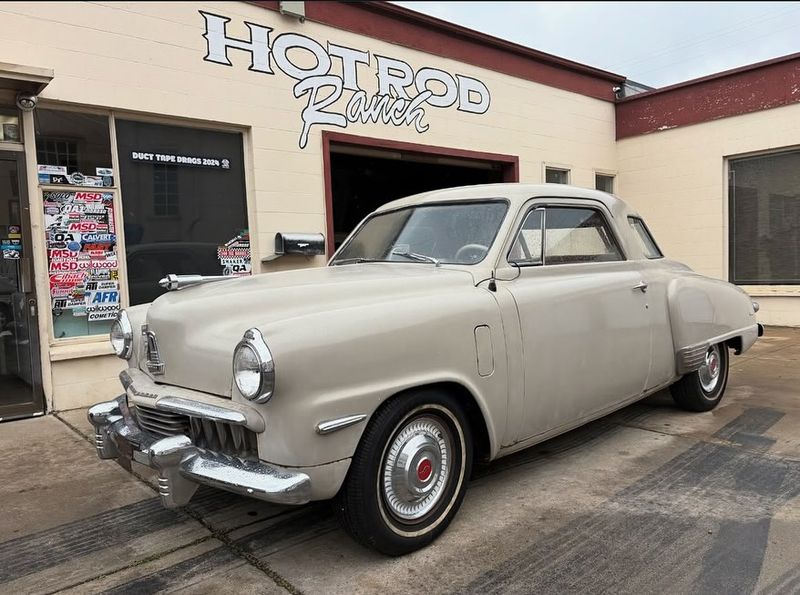
First glimpse of the future! While most manufacturers rushed warmed-over pre-war designs to market, Studebaker stunned the industry with Raymond Loewy’s revolutionary “which way is it going?” design.
The smooth, aerodynamic profile looked like nothing else on American roads – some owners even installed rear license plates on both ends to play up the car’s visual symmetry.
Despite its compact dimensions, clever packaging provided interior room rivaling larger cars.
The Champion lived up to its name at the gas pump too, delivering exceptional fuel economy from its efficient flat-head six.
15. 1949 Pontiac Chieftain

Chrome warrior! The Chieftain brought Pontiac’s Indian-themed styling to its zenith with that stunning “Silver Streak” hood ornament and multiple chrome strips running the length of the hood.
The distinctive front end featured a grill that mimicked rows of teeth, creating an aggressive face unlike anything else on the road.
Pontiac’s straight-eight engine provided smooth, reliable power without the thirst of a V8. Inside, two-tone upholstery and a dashboard full of chrome created a festive atmosphere.
These were optimistic cars for optimistic times, offering distinctive styling at Chevrolet-adjacent prices.
